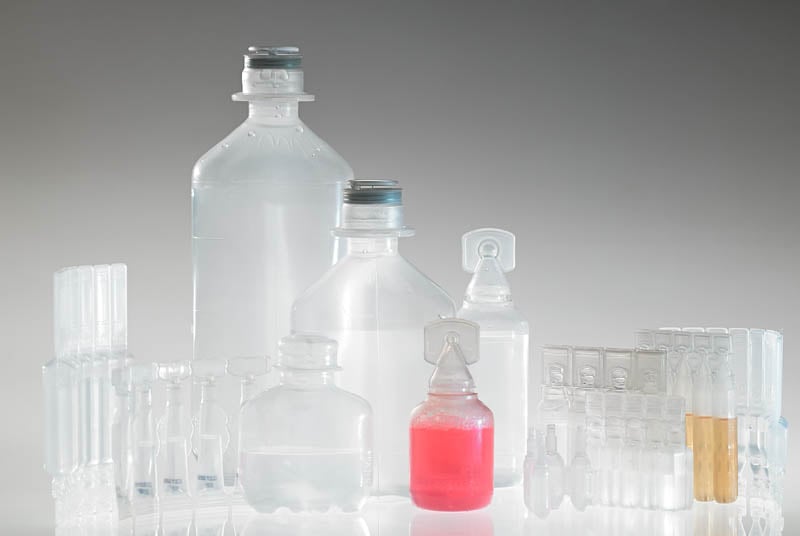The vacuum decay method (VDM) is a packaging quality control system that verifies the integrity of a hermetically sealed container in a non-invasive and non-destructive manner, using methods that damage neither the packaging nor the product inside it.
This testing method is increasingly common in industry and offers many advantages. That is why it is recommended in USP chapter 1207.1, where it is listed as one of the six main types of non-destructive and deterministic tests:
- Electrical Conductivity and Capacitance Test (HVLD)
- Laser-based Gas Headspace Analysis
- Mass Extraction
- Pressure Decay
- Tracer Gas (vacuum mode)
- Vacuum Decay Method
Vacuum Decay Method: How it works
The vacuum decay method of leak testing uses a vacuum to detect leaks in a sealed package.
The product to be tested is placed in a test chamber where a certain vacuum level is applied (variable depending on the type of product, its shape, and the desired degree of accuracy, between -980 and 20 millibars absolute). Each test chamber is designed to match the shape of the product to be tested as closely as possible to minimize the required internal volume, thereby reducing the time necessary to reach the desired vacuum level. Once the vacuum level has been attained, two readings of the internal pressure value are taken, a few seconds apart. If the difference between the two values is greater than the physiological threshold set during machine configuration (parameters set for the test), the container has a leak and is rejected. Products in which no leak is detected continue through the production line for packing, storage, and shipping.
Vacuum Decay Method: Why you should choose it
VDM offers many advantages:
- It can be applied to 100% of production, because it is non-destructive. This means that all the products identified as compliant can be recovered. Testing all products ensures that only suitable, sealed products are placed on the market, which offers the best possible protection for patient or consumer safety.
- Testing every container limits false rejects because, like all deterministic and non-probabilistic tests, it eliminates only those products that do not actually meet quality standards.
- It can be used to test a wide variety of containers of different shapes, sizes, and materials. In fact, VDM can be used to analyze any kind of non-porous packaging, both rigid and flexible.
- Testing can be done quickly, making it compatible with high-speed industrial production lines. Currently, the VDM technology is capable of testing up to 1000 products per minute, detecting micro-holes with a diameter of less than 10 microns.
- A fundamental part of the product quality control process can be automated, increasing productivity and eliminating the risk of recalls.
VDM and flexible packaging testing
The application of VDM to flexible packaging (such as bags containing liquid for IV or plastic containers produced using blow-fill-seal technology) is slightly trickier then testing rigid packaging. This is because products may contain air, and might expand excessively during testing, distorting the result. Flexible containers may also be too large to be tested quickly using a vacuum.
These challenges can be overcome by using alternative solutions based on the characteristics of each product to be tested. One of the approaches used by Bonfiglioli Engineering is to include one or more sensors providing information on the level of product deformation inside the test chamber, in addition to the VDM test. By pairing the two test methods and creating increasingly customized test chambers, VDM can also be used to test flexible packaging, with no loss of accuracy or decrease in the reliability of the result.
Want to receive leak detection consultation regarding your container type? Contact us now.



